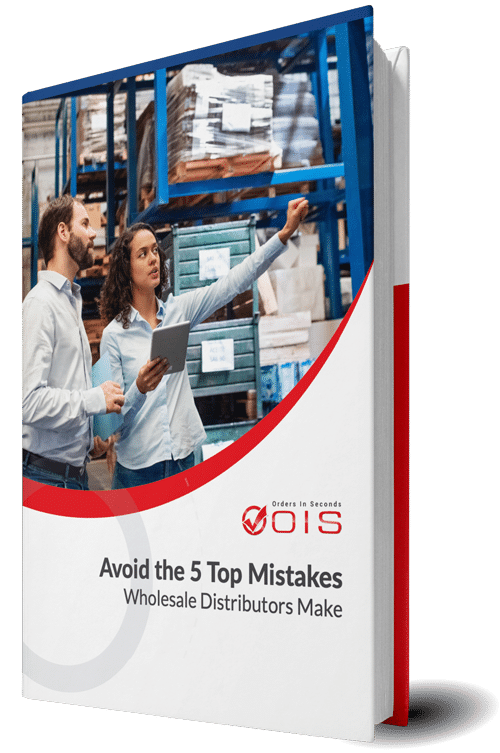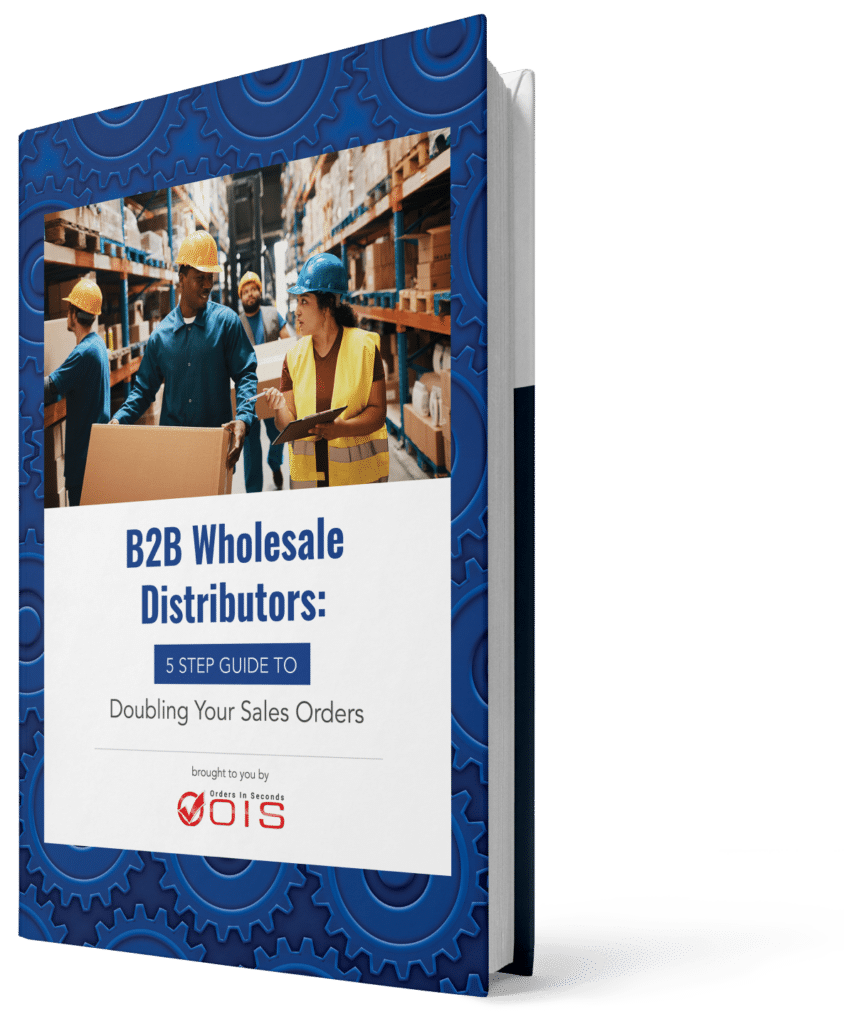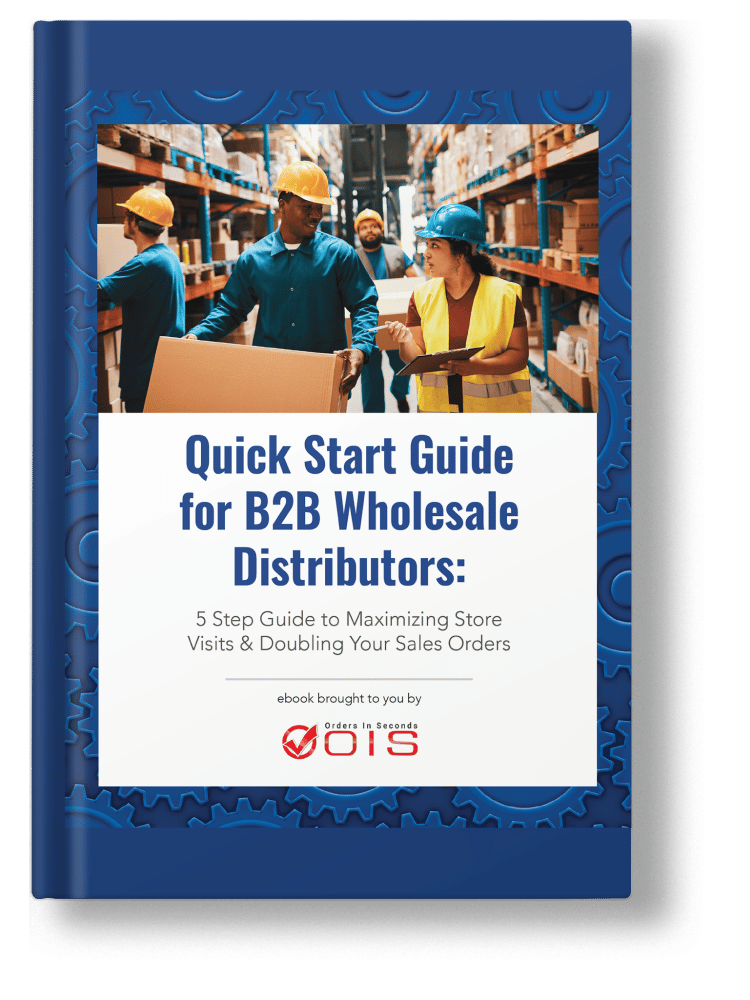Understanding the cost of goods sold formula is fundamental to running a profitable business. Whether you’re a manufacturer tracking raw materials or a retailer managing inventory, accurate COGS calculation directly impacts your gross profit and tax reporting. This comprehensive guide will walk you through everything you need to master COGS calculations, from basic formulas to advanced inventory valuation methods.
The cost of goods sold represents the direct costs involved in producing the goods that your company sells during a specific accounting period. Getting this calculation right affects your income statement, balance sheet, and ultimately, your net income. Let’s dive into the essential components and methods that will help you calculate cost of goods sold with precision.
Key Takeaways
- The basic cost of goods sold formula is: Beginning Inventory + Purchases - Ending Inventory = Cost of Goods Sold
- COGS includes only direct costs like raw materials, direct labor, and manufacturing overhead used to produce goods sold
- Extended COGS formula accounts for freight costs, purchase discounts, and returns for more accurate calculations
- Inventory valuation methods (FIFO, LIFO, Average Cost) significantly impact your final COGS calculation
- Accurate COGS calculation is essential for determining gross profit, setting prices, and tax reporting
Table of Contents
- What is the Cost of Goods Sold Formula?
- Basic COGS Formula Components
- Step-by-Step COGS Calculation Process
- Extended COGS Formula
- COGS Calculation Examples with Real Numbers
- Inventory Valuation Methods for COGS
- What to Include and Exclude in COGS Formula
- COGS Formula Applications in Business
- Common COGS Calculation Mistakes to Avoid
- The Impact of COGS on Customer Satisfaction
- Frequently Asked Questions
- Conclusion
- Keep COGS in Check with Smarter Operations
What is the Cost of Goods Sold Formula?
The cost of goods sold formula is an accounting calculation that determines the direct costs attributable to producing goods that have been sold during an accounting period. The basic goods sold formula is:
Beginning Inventory + Purchases – Ending Inventory = COGS
This formula calculates the direct costs of goods actually sold during an accounting period, excluding any inventory that remains unsold. The COGS calculation is used by manufacturers, retailers, and wholesalers to determine production costs and serves as an essential component for calculating gross profit on income statements.
The cost of goods sold appears on your company’s income statement and directly reduces your gross income. When you calculate gross profit, you subtract COGS from your total revenue, making accurate COGS calculations crucial for understanding your business’s operational efficiency and profitability.
For manufacturing companies, the costs of goods sold includes raw materials, direct labor, and manufacturing overhead costs directly tied to production. Retailers focus primarily on inventory cost and any direct costs incurred to acquire products for resale. Service businesses may use a modified version called “cost of services” that includes direct costs involved in service delivery. Accounting firms are an example of pure service companies that do not report COGS, as they typically do not hold inventory and instead list cost of services.
Basic COGS Formula Components
The basic cost of goods sold formula consists of three critical components that work together to determine your actual costs incurred for goods sold during an accounting period. Each component requires accurate valuation using consistent accounting methods throughout your financial reporting. Managing and valuing the company’s inventory accurately is essential to comply with accounting standards and to facilitate proper financial reporting.
Understanding these components helps ensure your COGS calculation accurately reflects the direct costs of producing goods that generate revenue for your business. Let’s examine each element in detail to master the calculation process.
Beginning Inventory
Beginning inventory equals the ending inventory balance from your previous accounting period. This includes the inventory value of raw materials, work-in-progress items, and finished goods on hand at the start of your current accounting period.
Your beginning inventory must be valued using the same inventory valuation method throughout the year to maintain consistency in financial reporting. This inventory value appears on your company’s balance sheet and serves as the starting point for your COGS calculation.
For example, if your business had $25,000 worth of materials and products on January 1, 2024, this becomes your beginning inventory for the year. This figure should match exactly with the ending inventory from December 31, 2023, ensuring continuity in your accounting records.
Accurate beginning inventory tracking requires regular physical inventory counts and proper inventory management systems. Any discrepancies between recorded and actual inventory can cascade through your COGS calculations, affecting gross profit and financial statements.

Purchases During the Period
Purchases represent all inventory costs incurred during the current accounting period. This includes raw materials, freight costs, and any direct costs involved in acquiring inventory intended for resale or production. Purchases of additional inventory during the year contribute to overall inventory valuation and sales cost analysis, as these extra acquisitions impact the total cost of goods sold.
For manufacturing businesses, purchases encompass raw materials, components, and supplies directly used in the production process. Retailers include wholesale inventory purchases, while service companies might include materials directly consumed in service delivery.
Your purchase calculations should include freight costs, import duties, and other direct costs involved in bringing inventory to your business location. However, exclude indirect expenses like administrative costs, marketing expenses, and other overhead costs not directly tied to inventory acquisition.
For example, if your business purchased $45,000 in materials throughout 2024, including $2,000 in shipping costs, your total purchases would be $47,000. This comprehensive approach ensures your COGS calculation reflects the actual cost of inventory.
Ending Inventory
Ending inventory represents the inventory value of unsold goods remaining at the end of your accounting period. This figure requires accurate physical inventory counts and proper valuation using your chosen inventory cost method.
The ending inventory balance is subtracted from your total goods available for sale to determine the actual inventory sold during the period. This creates the foundation for accurate COGS calculations and proper financial reporting.
Ending inventory typically requires periodic physical counts to verify system records and account for shrinkage, damage, or theft. Many businesses conduct these counts monthly, quarterly, or annually depending on their operational needs and inventory turnover rates.
For example, if your physical inventory count reveals $15,000 worth of unsold inventory on December 31, 2024, this becomes your ending inventory. This figure also becomes the beginning inventory for your next accounting period, maintaining continuity in your calculations.

Avoid the Top 5 Mistakes Wholesale Distributors Make
Step-by-Step COGS Calculation Process
Calculating cost of goods sold follows a systematic four-step process that ensures accuracy and consistency in your financial reporting. This methodical approach helps prevent common calculation errors and provides a clear audit trail for tax reporting and financial analysis.
Step 1: Determine Beginning Inventory Value Start by identifying your beginning inventory value from the previous accounting period. This figure should come directly from your prior period’s ending inventory balance, ensuring continuity between accounting periods.
Step 2: Add All Inventory Purchases Calculate the total cost of all inventory purchases made during the current accounting period. Include raw materials, direct labor costs, freight costs, and any other direct costs involved in acquiring or producing inventory.
Step 3: Calculate Total Goods Available for Sale Add your beginning inventory (Step 1) to your total purchases (Step 2). This gives you the total value of goods available for sale during the accounting period.
Step 4: Subtract Ending Inventory Subtract your ending inventory value from the total goods available for sale. The result is your cost of goods sold for the accounting period. The company’s cogs includes only direct costs such as materials and labor directly related to production, and typically excludes general administrative expenses.
This step-by-step process ensures you capture all direct costs while excluding indirect expenses that belong in operating expenses rather than COGS. Consistent application of this process supports accurate gross profit calculations and reliable financial reporting.

Extended COGS Formula
The extended cost of goods sold formula provides more accurate COGS calculations by including additional costs and adjustments that affect your true inventory costs. This comprehensive approach is:
Beginning Inventory + Purchases + Freight In – Purchase Discounts – Purchase Returns – Ending Inventory
This extended formula captures nuances that the basic formula might miss, providing a more precise picture of your actual costs incurred for goods sold. Accurate tracking of manufacturing costs is also essential for precise COGS calculations, especially when using the extended formula, as these costs directly impact your understanding of product profitability.
Let’s examine each additional component:
Freight In represents transportation costs to bring inventory to your location. These shipping costs are considered part of your inventory cost since they’re necessary to make goods available for sale. Include freight from suppliers, customs fees, and other logistics costs.
Purchase Discounts are early payment discounts received from suppliers. These reduce your actual inventory costs and should be subtracted from your total purchases. For example, a 2% discount for paying within 10 days reduces your actual inventory cost.
Purchase Returns represent the value of defective or unwanted goods returned to suppliers. Since these items were never actually available for sale, their cost should be excluded from your COGS calculation.
The extended formula is particularly valuable for businesses with significant freight costs, frequent returns, or suppliers offering substantial cash discounts. Using this approach provides more accurate cost tracking and better supports pricing strategies based on true costs.
COGS Calculation Examples with Real Numbers
Real-world examples demonstrate how the cost of goods sold formula works across different business types and scenarios. The following goods sold examples illustrate real-world scenarios to clarify how COGS is calculated and categorized in financial statements. These practical applications show how various factors affect your final COGS calculation and gross profit.
Understanding these examples helps you apply the formula correctly to your specific business situation, whether you’re in manufacturing, retail, or another industry that maintains inventory.
Example 1: Electronics Manufacturer
Consider an electronics manufacturer with the following inventory data for 2024:
- Beginning Inventory (January 1, 2024): $30,000
- Raw materials purchases during 2024: $80,000
- Ending Inventory (December 31, 2024): $20,000
Using the basic cost of goods sold formula: COGS = $30,000 + $80,000 – $20,000 = $90,000
This manufacturer’s COGS of $90,000 represents the direct costs of electronics actually produced and sold during 2024. This COGS figure includes variable costs such as materials and labor that fluctuate with production volume. The remaining $20,000 in ending inventory carries forward to become beginning inventory for 2025.
Example 2: Clothing Retailer
A clothing retailer shows different dynamics with faster inventory turnover:
- Beginning Inventory: $12,000
- Inventory purchases: $65,000
- Ending Inventory: $8,000
COGS calculation: COGS = $12,000 + $65,000 – $8,000 = $69,000
It is important to note that fixed costs, such as rent and administrative salaries, are not included in the COGS calculation for the retailer. Only direct costs related to inventory are considered in COGS.
This retailer’s higher inventory turnover means they sold most of their available inventory, resulting in lower ending inventory relative to purchases. This pattern is typical for seasonal retailers or fast-fashion businesses.
The clothing retailer’s COGS of $69,000 against $77,000 in total goods available for sale indicates strong sales performance and efficient inventory management. The lower ending inventory suggests good demand forecasting and minimal overstock issues.

Speed Up Your Warehouse Operations
A Simple Guide: How to Label Your Warehouse Bin Locations
Inventory Valuation Methods for COGS
Your choice of inventory valuation method significantly affects COGS calculation results, especially during periods of changing costs. The three primary methods each handle cost allocation differently, impacting your gross profit, tax liability, and financial statements.
Understanding these methods helps you choose the approach that best fits your business model and provides the most accurate representation of your inventory costs and profitability.
FIFO Method Impact on COGS
The First In, First Out (FIFO) inventory valuation method assumes that the oldest inventory gets sold first. During periods of inflation, FIFO results in lower COGS and higher gross profit because older, cheaper costs are matched against current revenues.
Under FIFO, your ending inventory is valued at the most recent, typically higher costs. This creates a more current representation of inventory value on your company’s balance sheet but may overstate profitability during inflationary periods.
FIFO is the most commonly used method for financial reporting because it often reflects the actual physical flow of goods, especially for perishable products. However, it can result in higher taxable income during periods of rising prices, increasing your income tax burden.
Many businesses prefer FIFO because it’s intuitive and aligns with natural inventory rotation practices. The method works particularly well for businesses where inventory spoilage or obsolescence is a concern.
LIFO Method Impact on COGS
The Last In, First Out (LIFO) method assumes that the newest inventory gets sold first. During inflation, LIFO results in higher COGS and lower gross profit because recent, higher costs are matched against current revenues.
LIFO values ending inventory at older, typically lower costs, which may not reflect current market values on your balance sheet. However, this method can reduce taxable income during inflationary periods, providing tax advantages for qualifying businesses.
It’s important to note that LIFO is not permitted under International Financial Reporting Standards (IFRS), limiting its use primarily to U.S. businesses operating under Generally Accepted Accounting Principles (GAAP).
The LIFO method requires careful inventory tracking and may not reflect the actual physical flow of goods. Despite this limitation, businesses in industries with rising costs often choose LIFO for its tax benefits.

What to Include and Exclude in COGS Formula
Accurate COGS calculation requires understanding which costs qualify as direct costs and which belong in operating expenses. This distinction affects your gross profit calculation and ensures compliance with accounting standards.
Include in COGS:
- Raw materials used in production
- Direct labor costs for manufacturing
- Manufacturing overhead directly tied to production
- Freight costs to acquire inventory
- Packaging materials essential for product sale
- Storage costs for inventory before sale
- Costs typically included in COGS are those directly tied to production, such as raw materials and labor.
- Direct expenses, such as third-party API fees or inventory costs, are recognized under the matching principle.
Exclude from COGS:
- Selling expenses and sales costs
- Administrative salaries and overhead costs
- Interest expenses and financing costs
- Distribution costs to customers
- Marketing expenses and advertising
- Office rent and indirect expenses
The key principle is that COGS should include only costs directly involved in producing or acquiring the goods sold. A direct cost is any expense directly associated with producing goods. Indirect expenses that support overall business operations belong in operating expenses, not in your COGS calculation. These costs are directly related to generating revenue through the sale of goods or services.
Understanding this distinction helps maintain accurate financial statements and supports better business decision-making. It also ensures compliance with tax reporting requirements and accounting standards.
COGS Formula Applications in Business
The cost of goods sold formula serves multiple critical business functions beyond basic financial reporting. Understanding these applications helps you leverage COGS data for strategic decision-making and operational improvements.
Gross Profit Calculation: Revenue – COGS = Gross Profit. This fundamental calculation shows your profitability before considering operating expenses, helping you understand operational efficiency and product margins.
Pricing Strategies: Your COGS calculation ensures product prices cover direct costs plus your desired gross margin. This supports competitive pricing while maintaining profitability targets across your product lines.
Tax Reporting: Accurate COGS calculation reduces your taxable income for businesses maintaining inventory. This can significantly impact your income tax liability and requires careful documentation for audit purposes.
Performance Analysis: Tracking COGS trends over multiple accounting periods helps identify cost control opportunities, supplier performance issues, and operational inefficiencies that affect your profitable business operations.
Business consultants often analyze COGS ratios to benchmark performance against industry standards. For manufacturing companies, COGS typically represents 60-80% of sales, while retailers usually see 50-70% depending on their business model and inventory turnover.
SaaS companies and other service businesses use modified versions focusing on direct costs involved in service delivery rather than physical goods. The number of services sold directly impacts total costs, profitability, and margins, as higher volumes can increase direct costs and affect overall pricing strategies. For example, a software company may incur costs related to digital goods, such as licensing fees and purchased codebases, which are included in COGS calculations and influence gross margins. This adaptation maintains the core principle while fitting different business models.
Common COGS Calculation Mistakes to Avoid
Several common errors can significantly distort your COGS calculation and affect financial reporting accuracy. Understanding these pitfalls helps ensure reliable calculations and prevents costly mistakes in tax reporting and business analysis.
Including Indirect Costs: One frequent mistake involves including administrative salaries, office rent, or other indirect expenses in COGS calculations. These operating expenses should remain separate to maintain accurate gross profit calculations.
Inconsistent Inventory Methods: Switching between FIFO, LIFO, or average cost method within an accounting period creates inconsistencies that distort your financial statements. Choose one inventory valuation method and apply it consistently throughout the year.
Inaccurate Physical Counts: Poor physical inventory procedures can significantly affect ending inventory values, causing COGS calculation errors that cascade through future periods. Implement robust counting procedures and regular reconciliation processes.
Omitting Direct Costs: Failing to include freight costs, direct labor, or manufacturing overhead in your calculations understates COGS and overstates gross profit. Ensure your calculation captures all direct costs involved in producing goods sold.
Regular training for accounting staff and systematic review procedures help prevent these errors. Many businesses implement monthly COGS calculations to identify discrepancies quickly rather than discovering problems during annual reviews.

The Impact of COGS on Customer Satisfaction
The cost of goods sold (COGS) doesn’t just affect your bottom line—it also plays a significant role in shaping customer satisfaction. When a business manages its direct costs and overall cost of goods efficiently, it can offer competitive pricing and maintain high product quality, both of which are crucial for keeping customers happy. If the goods sold cogs are high due to inefficient production processes or excessive costs of goods, companies may be forced to raise prices or cut corners on quality, which can negatively impact customer satisfaction.
On the other hand, optimizing production efficiency and controlling direct costs involved in producing goods allows businesses to pass savings on to customers through better prices or enhanced value. Streamlined business operations and effective management of the cost of goods can also lead to faster delivery times and more reliable products, further boosting customer satisfaction. Ultimately, understanding and managing the relationship between COGS and customer satisfaction enables companies to create a positive feedback loop—where efficient cost management supports both profitability and a superior customer experience.
Frequently Asked Questions
What happens if I don’t have ending inventory?
If no ending inventory exists, the formula becomes Beginning Inventory + Purchases = COGS, meaning all purchased goods were sold during the period. This situation is common for businesses with rapid inventory turnover or custom manufacturing where products are built to order.
Can service businesses use the COGS formula?
Service businesses typically use “Cost of Services” instead of COGS, but the basic calculation principle applies to direct costs of providing services. This might include materials consumed in service delivery, direct labor costs, and other costs directly tied to specific client projects.
How often should I calculate COGS?
Most businesses calculate COGS monthly for internal reporting and annually for tax purposes, though some calculate quarterly for more frequent analysis. Monthly calculations help identify trends and issues quickly, supporting better inventory management and cost control.
What if my inventory valuation method changes mid-year?
Changing inventory methods mid-year requires disclosure in financial statements and may need prior period adjustments for consistency. Generally, accounting methods should remain consistent throughout the accounting period unless there’s a compelling business reason for the change.
How does the extended COGS formula differ from the basic formula?
The extended formula includes additional adjustments like freight costs, purchase discounts, and returns, providing a more comprehensive view of actual inventory costs. This approach offers greater accuracy for businesses with significant freight expenses, supplier discounts, or return volumes.
Conclusion
In conclusion, Cost of Goods Sold (COGS) is a cornerstone of sound accounting and effective business operations, representing the direct costs tied to producing and selling goods or services. Mastering COGS calculations—by accurately tracking beginning inventory, purchases, and ending inventory—empowers businesses to determine gross profit, refine pricing strategies, and enhance operational efficiency. However, the process of calculating cogs can be complex, especially when factoring in indirect costs, overhead costs, and the choice of inventory valuation methods.
A deep understanding of COGS and its impact on financial statements enables businesses to make informed decisions about production processes, inventory management, and overall business strategy. By focusing on both cost of goods and customer satisfaction, companies can strike the right balance between cost control and delivering value, ensuring long-term success. Leveraging technology, such as modern accounting software, and staying updated on industry best practices can further streamline cogs calculations and support data-driven decision-making. Ultimately, effective management of the cost of goods sold is essential for driving profitability, supporting sustainable business operations, and building lasting customer relationships.
Keep COGS in Check with Smarter Operations
Understanding COGS is just the start—managing it efficiently is where the real savings happen.
Pairing accurate cost tracking with the right technology helps you reduce errors, streamline operations, and stay profitable.
At Orders in Seconds, our solutions give wholesale distributors the tools to manage sales, inventory, and deliveries in one connected system—so every cost is tracked, every order is right, and your margins stay healthy.





